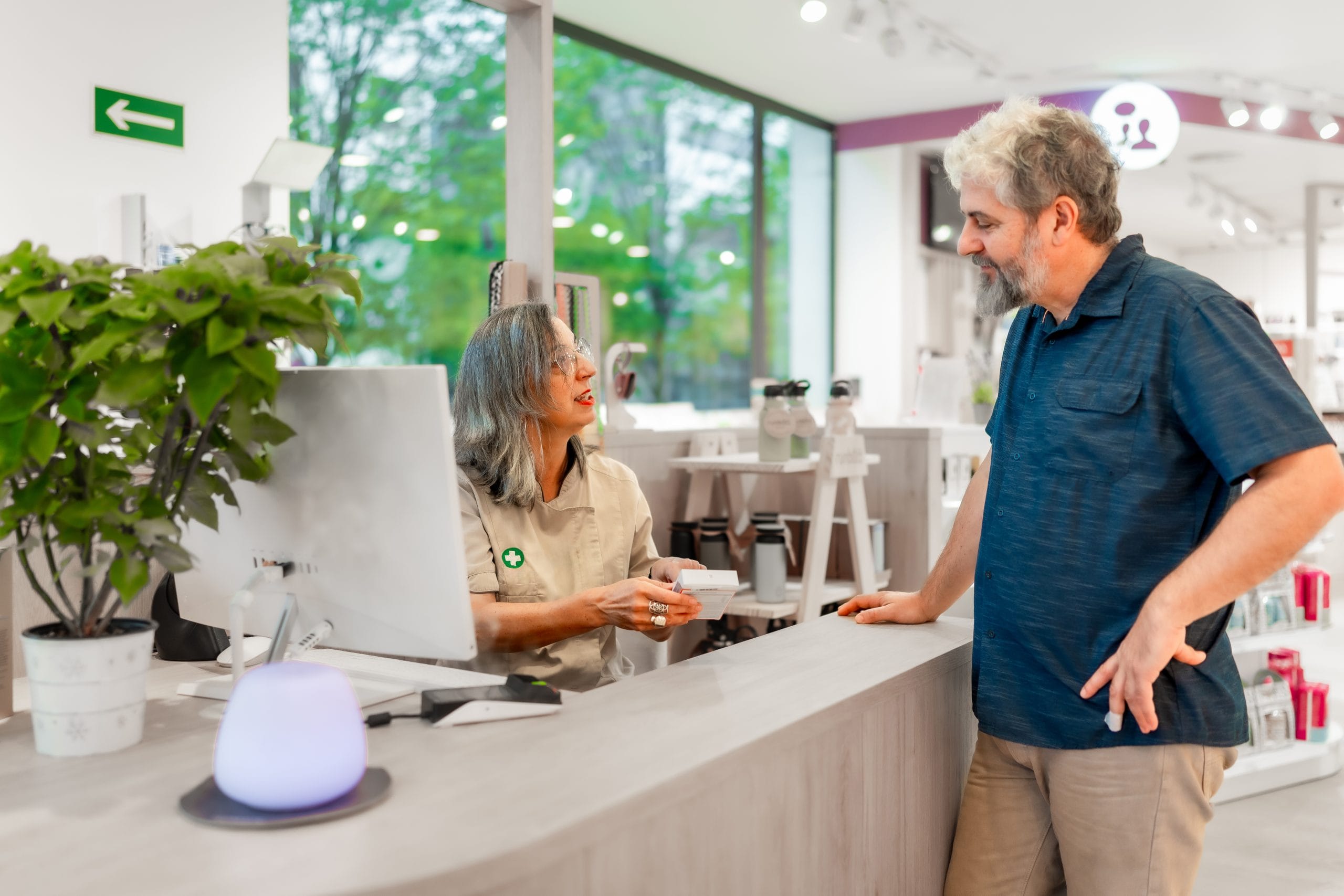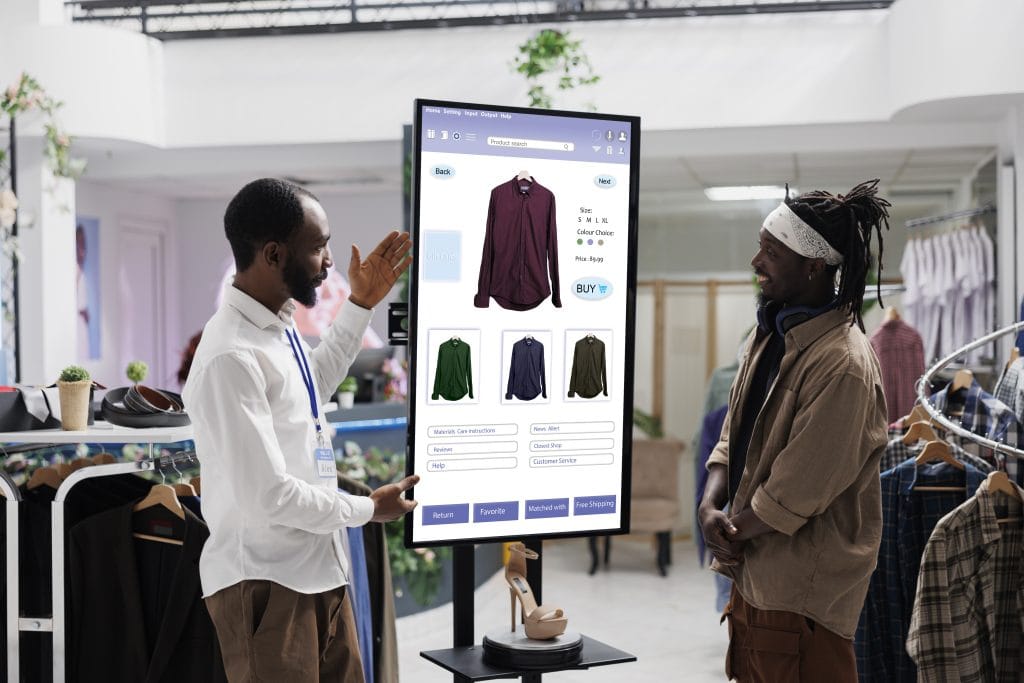


Virtual Shopping Assistants Becoming a Revenue Driver

The way consumers interact with brands online is changing fast. Static websites and generic product pages no longer meet expectations in a market that craves speed, relevance, and personalization. Enter the virtual shopping assistant—an emerging AI-powered tool that is reshaping how businesses guide users through their digital storefronts. These assistants are doing more than improving the user journey—they are becoming a direct source of increased revenue.
From Chatbots to Intelligent Sales Agents
When chatbots first appeared on websites, their functionality was limited to answering basic FAQs. Most people ignored them, seeing them as robotic gatekeepers rather than helpful tools. But the new generation of virtual shopping assistants is a different breed entirely. Fueled by advances in natural language processing and machine learning, these assistants are capable of engaging in real-time conversation, interpreting product preferences, and guiding users through highly personalized shopping experiences.
Companies like Zitsticka and Rebag have implemented AI-driven virtual shopping assistants that act like digital concierges. They help customers explore curated product collections based on past behavior, stated preferences, or even visual cues from uploaded photos. These tools are not just about convenience; they are about conversion. The more tailored the experience, the more likely a customer is to make a purchase—and often a more expensive one than they originally planned.
Personalization at Scale
One of the most compelling aspects of virtual shopping assistants is their ability to personalize at scale. While a human sales associate can provide a personalized touch in-store, they cannot manage thousands of conversations simultaneously. AI can.
Take L’Oréal, for instance. Its AI-powered beauty assistant can recommend makeup products, provide tutorials, and even simulate try-on experiences using augmented reality. The interaction feels like talking to an expert, which increases the trust factor and removes friction from the buying process. Users do not have to sift through countless options—they are guided to the right product faster.
This kind of guided discovery is especially useful in industries where customers may not have deep product knowledge. Whether shopping for skincare, home appliances, or even wine, the ability to receive intelligent recommendations changes the dynamic from “search and hope” to “ask and receive.” Businesses that integrate virtual shopping tools are not only offering a better experience, they are speeding up the path to purchase.
Increasing Conversion, Decreasing Abandonment
Cart abandonment remains one of the biggest challenges in e-commerce. Studies show that most online shopping carts are never converted into actual purchases. Reasons range from price hesitations to distraction, but often, customers simply hit a dead end in their journey and give up.
Virtual shopping assistants are becoming a direct counter to that issue. By intervening before users exit the site, these assistants can answer questions, offer alternative products, or even present discount codes tailored to the user’s activity. One example is EnquireLabs, which builds post-purchase surveys and interactive shopping journeys. While not a chatbot in the traditional sense, it provides interactive checkpoints throughout the user journey to improve both conversion and data collection.
Retailers are starting to use predictive analytics to decide when a user might abandon a session. The assistant then steps in with a carefully crafted interaction that can salvage the sale. This intervention model can mean the difference between a bounce and a buy.

Data-Driven Learning Loops
One of the most powerful aspects of virtual shopping assistants lies in their ability to improve themselves over time. Unlike a traditional UX interface that requires manual testing and redesign, AI assistants continuously learn from user input and behavior. Each question asked, each product selected, and each hesitation captured becomes data that refines the assistant’s performance.
Glossier’s digital customer experience, for instance, evolved based on these learning loops. While the company started with simple quizzes and product filters, its virtual advisors now incorporate language that reflects customer tone, better timing in prompts, and even seasonal adjustments in recommendations.
What this means for businesses is a continuously improving sales channel. As more customers engage with the assistant, the tool becomes sharper, more persuasive, and more aligned with buyer psychology. The result is a living, breathing system that boosts conversion metrics while simultaneously feeding marketing teams with rich customer insights.
Integration with Physical Retail
Some brands are now bridging the gap between digital assistants and brick-and-mortar locations. Virtual shopping assistants are starting to serve as pre-visit guides, appointment setters, and post-visit survey tools. The fashion brand M.M.LaFleur has used its digital assistant not only to offer style consultations online but also to schedule appointments at physical locations based on the customer’s style preferences.
This dual-channel approach is opening up new revenue paths. A user may start their journey online, complete an appointment in-store, and receive follow-up nudges via the assistant. The continuity of experience across digital and physical touchpoints creates a flywheel effect—one that keeps users engaged and spending more over time.
The Revenue Model Behind the Assistant
It is tempting to view virtual shopping assistants purely as cost-saving tools that reduce the need for live chat support. But their real power is revenue generation. Beyond increasing average order value, these assistants can help upsell, cross-sell, and even initiate subscription offers that turn one-time shoppers into recurring customers.
A company like Care/of, which offers personalized vitamins, uses a guided quiz format as the basis for its virtual shopping interface. By helping customers discover their health needs and matching those to tailored products, the assistant becomes the key to unlocking long-term recurring revenue through subscription models.
Similarly, Interior Define, a custom furniture brand, uses digital design assistants to help users visualize room layouts, fabrics, and sizing—all within the same interface. What might have been a drawn-out process of emailing back and forth becomes a seamless, guided path toward a high-ticket purchase.

Making Virtual Assistants Part of the Brand Voice
One overlooked but important advantage of virtual shopping assistants is their ability to reflect the tone and voice of a brand. Whether sleek and minimal, warm and conversational, or professional and expert-driven, the assistant becomes a brand ambassador.
Retailers investing in this space often work with teams to fine-tune the assistant’s language, emoji use, punctuation style, and interaction pacing to reflect their brand values. Over time, these subtle cues build a sense of familiarity and trust. Customers feel like they are speaking to someone who understands the brand as much as the product.
This is particularly important for newer brands that do not yet have strong name recognition. A well-designed assistant can quickly create a memorable and trustworthy first impression. That alone can shorten the sales cycle and create an edge in crowded markets.
What It Takes to Build a Virtual Shopping Assistant
The companies seeing the most success with virtual shopping are those that go beyond the plug-and-play model. While third-party solutions can offer an easy entry point, fully integrated assistants that pull from a business’s internal CRM, inventory system, and analytics tools are more effective.
That said, even small businesses can get started. Tools like Tidio and Drift offer intelligent assistants that can be customized for product discovery, order tracking, and basic upselling. The key is not just to install an assistant but to train it based on your product knowledge, customer base, and brand strategy.
The investment in time and training often pays off quickly. In many cases, virtual shopping assistants deliver measurable increases in conversion rates within the first 90 days. As the system matures, the impact only grows—especially for businesses operating in competitive or complex product categories.
Closing Remarks
Virtual shopping assistants are no longer just an add-on for customer support. They are evolving into powerful sales engines capable of reshaping how people shop, how brands communicate, and how businesses scale revenue in an increasingly digital economy. From personalization and retention to upselling and seamless omnichannel experiences, the potential is wide and still expanding. Businesses that treat these tools as integral to their strategy—not as side features—are setting themselves up to thrive in a retail landscape defined by interaction, intelligence, and immediacy.





